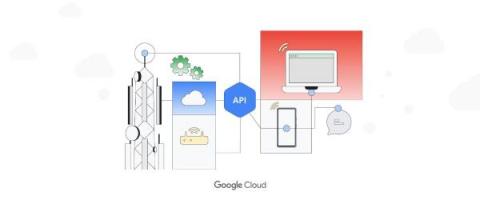Leveraging APIs to create value for telco ecosystems: STC's digital transformation
The world is changing for telecommunications operators. We live in a digital age when people, information, and services are more connected than ever, and people expect virtually any service on demand, at their fingertips. STC is already a telecommunications leader in the Middle East, but to remain on top in a competitive field, we must continue to grow and provide valuable experiences for our customers.










